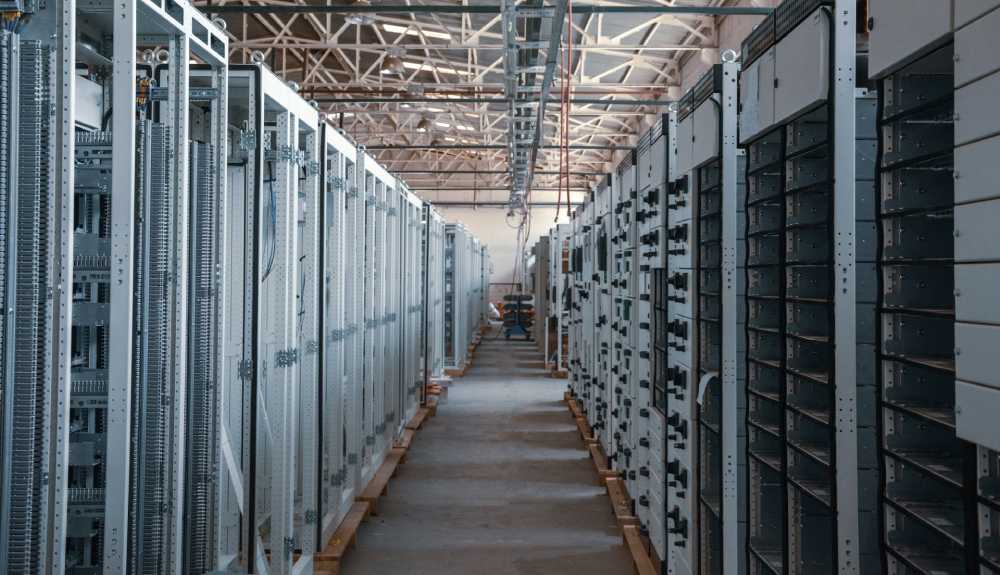Exploring the Rise of Hyperconverged Storage Solutions in Modern Data Centers
In the data-centric world, scalability, efficiency, and cost-effectiveness challenges take center stage. Hyperconverged infrastructure emerges as a beacon of innovation, merging storage, computing, and networking functionalities into a unified system.
As organizations move away from traditional storage arrangements characterized by complex, disparate systems, hyper-converged storage proves to be a transformative solution that simplifies the IT ecosystem, making it more agile and responsive to the dynamic needs of businesses.
Advantages of Implementing Hyperconverged Storage
Implementing hyperconverged storage solutions offers businesses a multitude of benefits. First and foremost, it brings about operational efficiency by reducing the need for multiple layers of hardware and streamlining maintenance needs.
Systems become more responsive and scale up or down based on instantaneous demand. The savings in capital expenditures, attributed to lesser physical hardware requirements, also extend to operational cost reductions, as less space is consumed, and power and cooling needs are decreased across the data center infrastructure.
The intrinsic scalability of hyper-converged storage presents a framework that adapts to your company’s growth without necessitating periodic, large-scale overhauls.
Real-World Applications of Hyperconverged Storage
Across various sectors, from healthcare to finance, HCI has paved the way for more resilient and efficient data management. Healthcare organizations are adopting this technology to support large-scale patient data management systems, ensuring high accessibility and reliability while maintaining data integrity and security.
Financial institutions harness HCI to process vast transactions while maintaining high performance and compliance with stringent industry regulations. The versatility of HCI also encompasses smaller businesses looking for robust yet scalable solutions to support their growth.
These real-world applications underscore HCI’s prominence as a cornerstone in modern data storage strategies.
Hyperconverged Storage and Virtualization: A Perfect Match?
The interplay between hyper-converged storage and virtualization technologies is an advantageous match. HCI facilitates the use of virtual machines by streamlining resources and enabling swift deployment, configuration, and management of virtualized workloads.
This symbiosis extends the capabilities of virtual environments, notably in software-defined storage, which allows for the automation and optimization of storage resources.
It is a dance of technological harmony, enhancing overall performance and agility, which has significantly contributed to the burgeoning growth of hyper-converged systems in businesses that prioritize digital sophistication.
Overcoming the Challenges of Hyperconverged Storage
While HCI brings many benefits, transitioning to this new infrastructure is challenging. Security and data control are pivotal concerns, as integrating storage and networking layers necessitates robust defense mechanisms.
Sometimes, the initial data migration process to hyper-converged solutions can seem daunting. Adequate preparation and a comprehensive approach can help navigate these complexities, ensuring smooth transition and ongoing operations align with the company’s strategic objectives for risk management, data integrity, and disaster recovery.
The Role of HCI in Edge Computing and IoT
Edge computing represents a shift in data processing towards the network’s periphery, where data generation occurs. Harnessing hyper-converged storage in edge environments equates to expedited analytics and decision-making processes.
When considering Internet of Things (IoT) ecosystems, which generate colossal amounts of data, the role of HCI becomes increasingly crucial as it provides the framework to handle data efficiently and locally.
As such, edge computing and IoT networks unfold as promising growth areas for HCI implementations, bearing witness to the technology’s adaptability and innovative capacity to redefine data processing in the era of location-agnostic work environments.
Comparing Hyperconverged Storage Providers
Navigating the diverse landscape of HCI providers can be a complex endeavor. Organizations must meticulously compare the available solutions, considering aspects like performance benchmarks, ease of integration, adaptability to existing systems, and support and service levels.
Evaluating existing customer feedback and analyzing case studies can provide insights into solutions’ long-term viability and success rates. Criteria for selection must be grounded in understanding your organization’s unique requirements and a forward-looking approach to data management needs.
Making an educated choice in selecting a provider can lay a robust foundation for future-proofing your IT infrastructure.
The Impact of Hyperconverged Storage on IT Teams
Embracing hyperconverged solutions often necessitates a paradigm shift within IT teams. The technology’s consolidated nature requires a breadth of knowledge and versatility from professionals who now oversee combined storage, computing, and networking elements.
This transition may lead to redefining roles and a need for augmented skill sets. Still, it also opens the door to challenge the norm, encouraging a culture of continuous learning and innovation within the team.
As IT personnel acclimate to hyper-convergence, there’s a potential to enrich career paths and drive the industry forward with fresh ideas and evolved technical proficiency.
Future Outlook: Innovations in Hyperconverged Storage
The trajectory of HCI heralds an era of continuous innovation, with research and development vigorously paving the way for more advanced iterations. Anticipated advancements in HCI technology promise enhanced performance, increased scalability, and further simplifying management tasks.
These developments are set to redefine the architecture of data centers and reinforce businesses’ agility in responding to the rapidly changing digital landscape.
As the market grows, IT decision-makers must remain attentive to the evolution of hyper-converged solutions, preparing to leverage their leading-edge capabilities. As technology matures, forward-thinking strategies will become crucial, influencing global data storage practices and IT infrastructure.
Choosing the Right Hyperconverged Storage for Your Business
The decision to integrate a hyper-converged storage solution into your organization is significant and should not be taken lightly.
Beyond the immediate considerations such as cost and scalability, delve into the nuanced details that distinguish one solution from another—including features, network design compatibility, and the support framework the vendor provides.
Engage in rigorous vendor evaluations, cross-reference your business requirements with solution offerings, and plan to incorporate service-level agreements that align with your operational expectations.
The goal is a harmonious alignment of HCI with your business objectives, creating a resilient, future-ready data environment that propels your company into its next growth phase.

